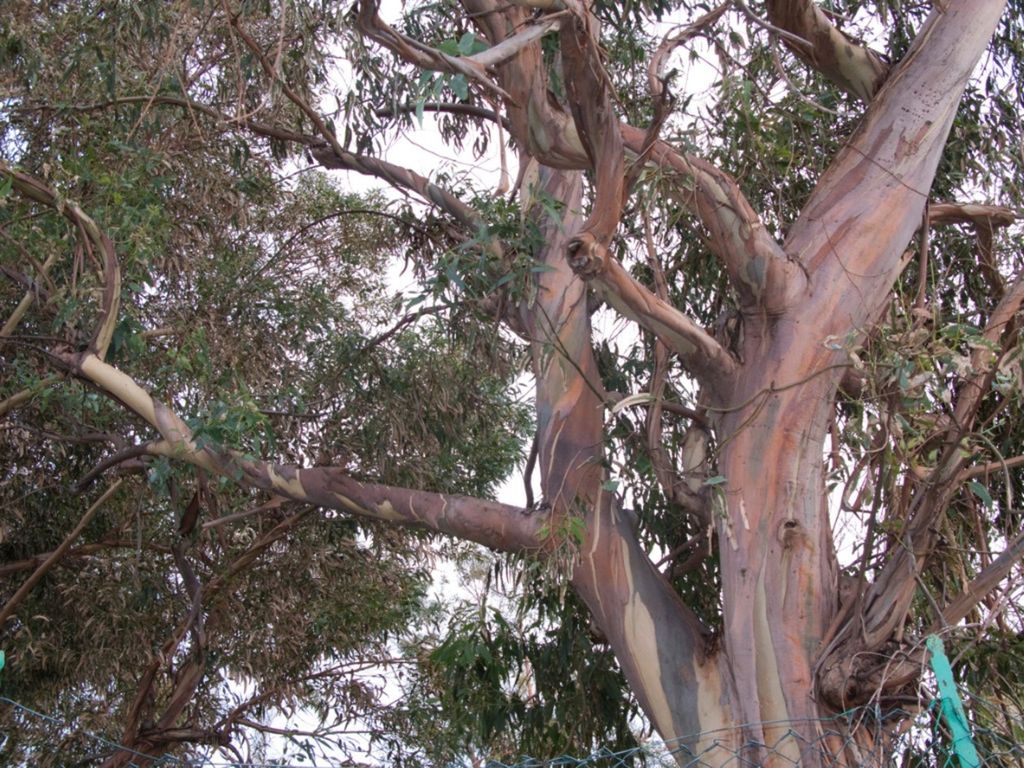With their fragrant foliage and peeling bark, eucalyptus trees are beautiful landscape specimens However, they can sometimes struggle and start to decline. If your eucalyptus tree seems to be dying, don’t give up on it just yet! With some attentive care, you can often revive a struggling eucalyptus and nurse it back to health
Diagnose the Problem
Start by observing your eucalyptus tree closely to try to pinpoint what is causing it distress Common issues with eucalyptus trees include
-
Pests – Eucalyptus is prone to certain sap-sucking insects like aphids, psyllids, and scales. Heavy infestations can weaken trees. Look for clusters of small insects on stems and undersides of leaves.
-
Diseases – Fungal diseases like powdery mildew, rust and Cylindrocladium leaf spot may infect eucalyptus trees causing leaf drop. Watch for spots, scabs, and white powdery coatings.
-
Environmental factors – Too much or too little water, insufficient sunlight, extreme temperatures, or poor drainage can stress the tree. Assess its growing conditions.
-
Physical damage – Has the tree experienced any damage from wind, animals, vehicles, or root disturbance? Assess the trunk, branches, and roots.
Improve Growing Conditions
If environmental factors are contributing to your eucalyptus decline, take steps to improve its care:
-
Ensure it receives full sun – at least 6 hours of direct sun daily.
-
Check soil drainage – eucalyptus need well-draining soil. Improve drainage if needed.
-
Water thoroughly only when top several inches of soil are dry. Don’t overwater.
-
Add 2-4 inches of mulch around the base to maintain soil moisture and temperature.
-
Fertilize in early spring with a balanced organic fertilizer to support growth.
-
Prune dead or crossed branches to improve air circulation.
Treat Pests and Diseases
If you find signs of pests or diseases, treat promptly:
-
For sap-sucking insects, spray horticultural oil or insecticidal soap.
-
For fungal diseases, apply an appropriate organic fungicide. Improve air flow around the tree.
-
For leaf spot diseases, rake and dispose of fallen leaves to prevent reinfection next year.
-
Consider applying neem oil as a preventative every 2-3 weeks in disease-prone environments.
Give Special Care to Shocked Tree
If the eucalyptus tree appears shocked or severely distressed:
-
Move it to a sheltered location out of wind and direct sun until it recovers.
-
Mist the foliage daily to increase humidity around the leaves.
-
Water more frequently, keeping the soil evenly moist but not saturated.
-
Fertilize with half-strength balanced fertilizer to encourage new growth.
-
Clean up any dead leaves or branches, but avoid major pruning.
-
Consider spraying seaweed extract to reduce transplant shock and stress.
Be Patient for Recovery
With diligent care tailored to its needs, a struggling eucalyptus tree can often regain its health. But it takes time.
-
Allow 1-2 seasons for the tree to fully recover and resume normal growth.
-
Watch for signs of new leaf growth and make adjustments as needed.
-
Provide ongoing pest monitoring and disease prevention care.
With proper diagnosis and a few adjustments, your dying eucalyptus still has hope! Identify the factors impacting its health and give it some TLC to nurse it back to vitality. A revived eucalyptus tree will reward you with its elegant beauty for years to come.
Eucalyptus Plant Dying? Here’s What To Do…
FAQ
What does a dying eucalyptus tree look like?
How to rehydrate an eucalyptus plant?
Can you revive dry eucalyptus?
Are eucalyptus trees still alive?
The nice thing about eucalyptus is that they can look pretty rough, losing leaves and wilting, but still be alive. You can check to see if your eucalyptus plant can be saved by gently bending a branch. Pliable branches that have green under the top layer of bark are still alive and the plant can be revived.
How do I save a dying eucalyptus plant?
The first step in saving a dying eucalyptus plant is to identify the problem. There are several common issues that can cause a eucalyptus plant to start declining: Pests: Eucalyptus plants are susceptible to a range of pests, including spider mites, scale insects, and mealybugs.
Do eucalyptus trees need to be pruned?
In addition to treating the underlying problem, pruning your eucalyptus plant can help to promote new growth and improve overall health. Here’s how to prune a eucalyptus plant: Identify any dead or damaged branches on the plant. Using clean garden shears, cut these branches back to healthy wood.
Can eucalyptus trees die?
Eucalyptus is a sturdy, fairly disease-resistant tree, and attempting to troubleshoot dying eucalyptus trees is a difficult and disheartening endeavor. Read on for more information about eucalyptus tree diseases, and tips on treating disease in eucalyptus.
- A Complete Guide to Caring for Yuki Cherry Blossom Shrub - January 23, 2025
- Identifying Red Hot Poker Seeds: What to Look For When Harvesting Torch Lily Pods - January 23, 2025
- A Complete Guide to Harvesting Evening Primrose Seeds - January 23, 2025

